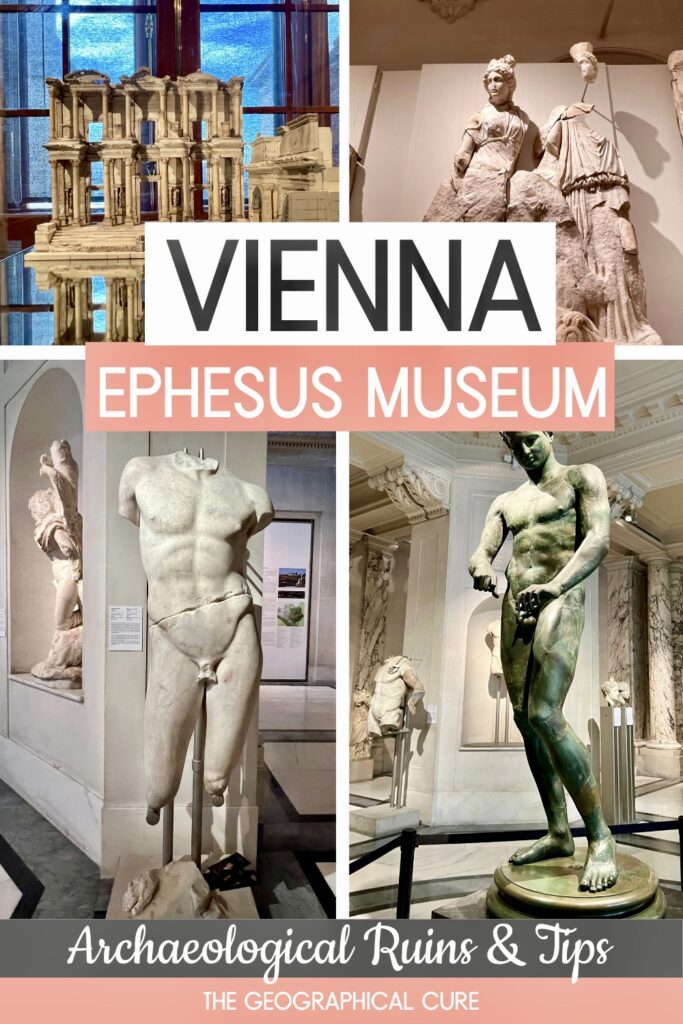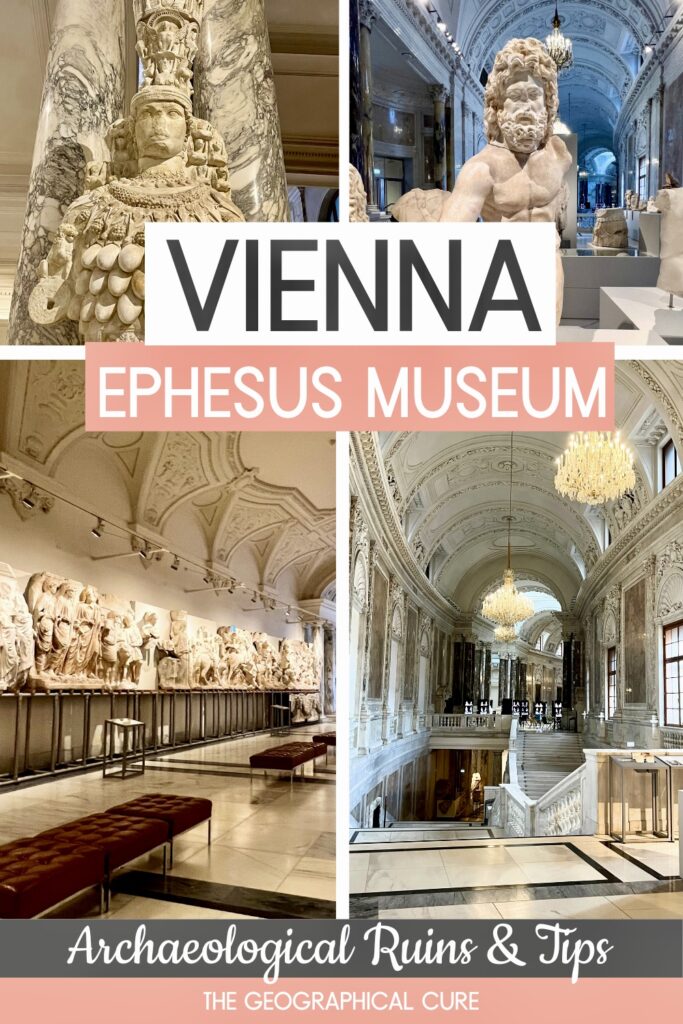One doesn’t usually think of Vienna and Greco-Roman ruins. Yes, there is the pile of rubble in Michaelerplatz and the rather hum drum Roman Museum. But there is one slice of ancient heaven in the city — the Ephesus Museum.
The institution is an archaeological museum in the Neue Burg building of the Hofburg Palace. It’s an annex of the Greco-Roman antiquities on display in the Kuntshistorsches Museum.
The Ephesus Museum displays archaeological treasures and artifacts from the ancient Roman city of Ephesus, now in modern day Turkey.
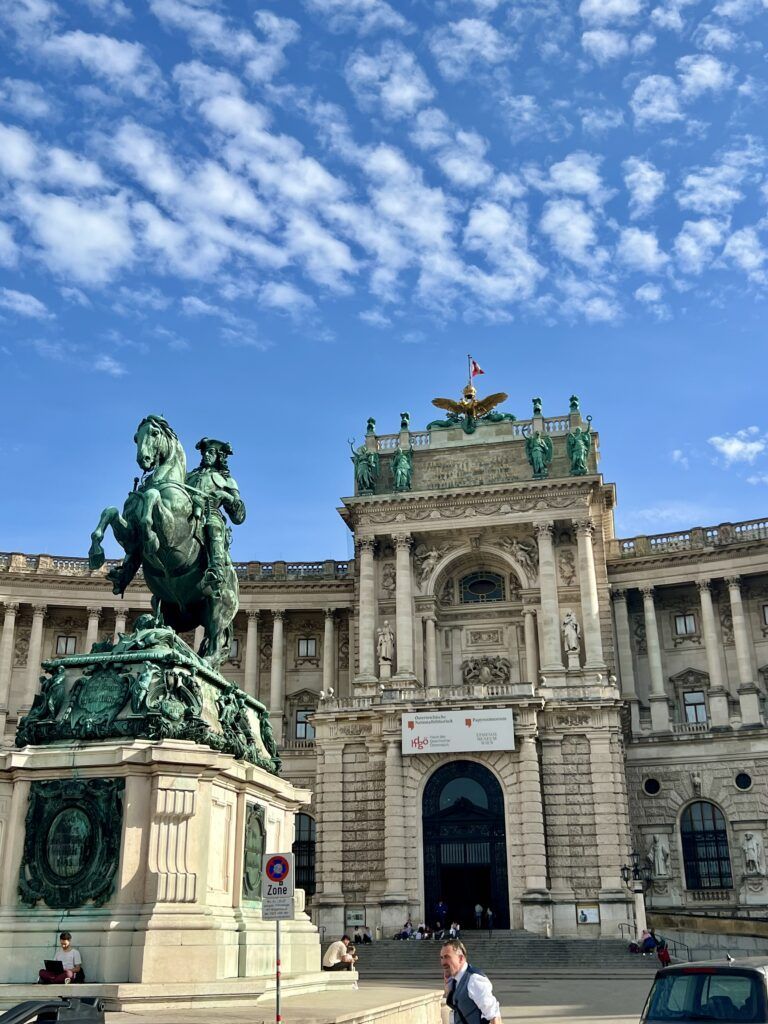
Ephesus was one of the most important cities of antiquity and is now a major tourist attraction.
The museum’s collection includes archeological finds and antiquities excavated during a century of work by Austrian scholars and archaeologists.
The excavations were sanctioned by Abdul Hamid II, the Ottoman Sultan at the time. He issued a fiat gifting some of the artifacts to the Austrian ruler, Emperor Franz Joseph.
The museum was opened in 1978 in part of the Hofburg. It’s an absolutely gorgeous palace setting with airy galleries decorated with white and gray marble and stucco.
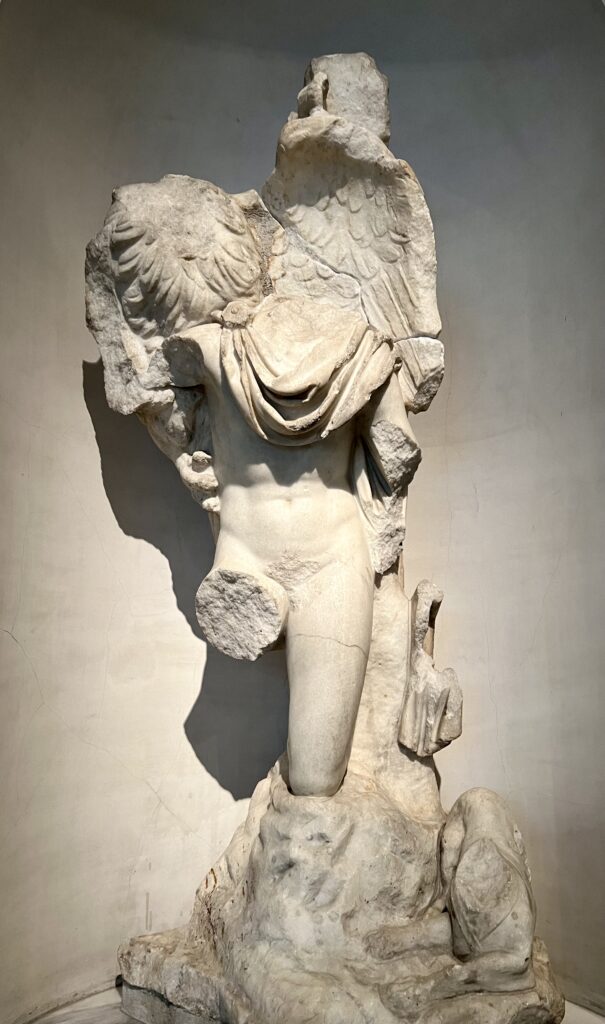
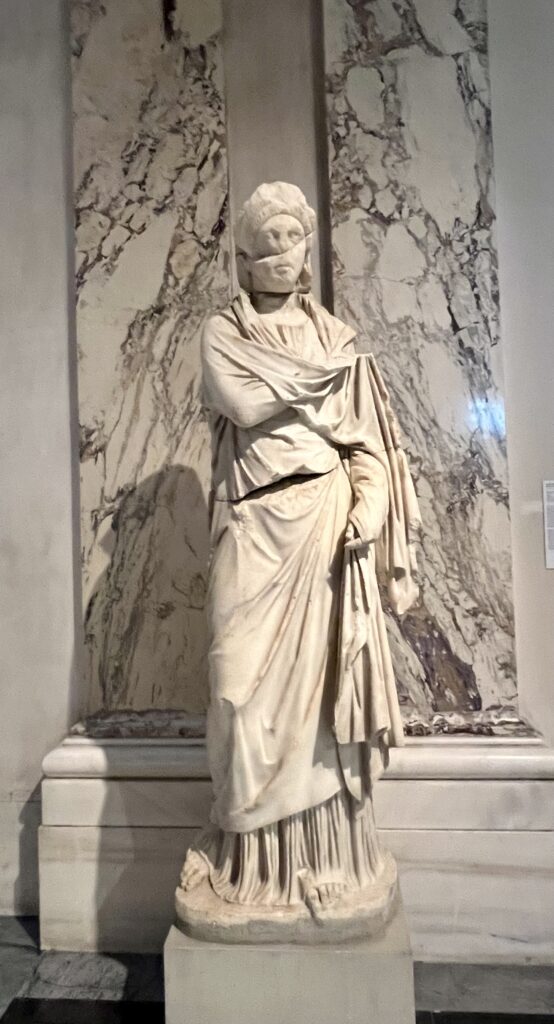
You can expect to see:
- portrait busts
- bronze and marble statues
- the frieze from the Parthian Monument
- bronze sculpture of an athlete
- statue of the Great Artemis
- model of the city of Ephesus
- reliefs and sculptures from the Heroon (shrine) and the Hieron (sanctuary)
- ruins and sculptures from the Library of Celsus
What Was Ephesus?
Ephesus was an ancient Greek city founded around the 10th century BC. It grew into a thriving trading hub and port due to its strategic position near the Aegean Sea.
In the 2nd century B.C., Ephesus came under Roman rule and became the capital of the Roman province of Asia, leading to significant expansion and development.
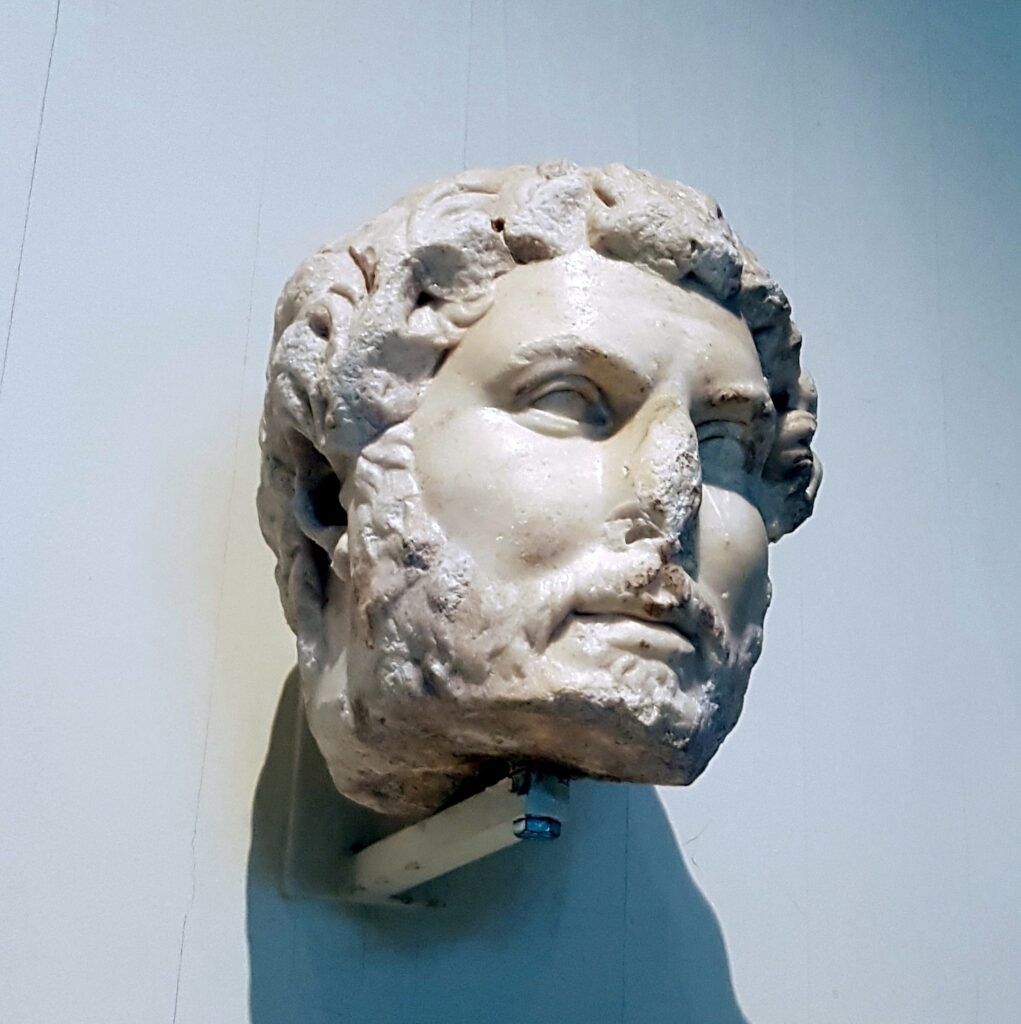
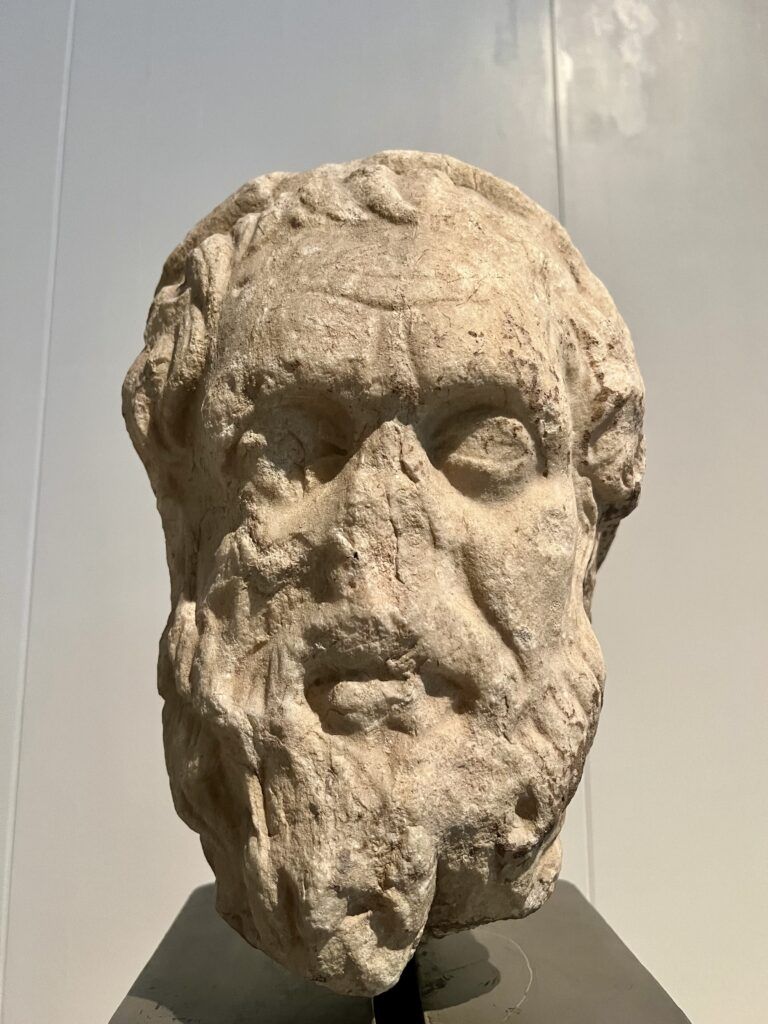
During Roman times, Ephesus enjoyed a golden era. Emperor Augustus made it the capital of the province of Asia.
The city underwent extensive improvements. Grand structures such as the renowned Library of Celsus were built. It became one of the most famous libraries in antiquity.
The Temple of Artemis, counted among the Seven Wonders of the Ancient World, was another notable landmark. Today, only scattered stones and one column remain.
This period of prosperity continued until the decline of the Roman Empire. Ephesus later faced invasions and earthquakes, eventually leading to its abandonment around the 7th century A.D.
Today, Ephesus is a UNESCO site and one of the greatest archaeological treasures on planet earth.
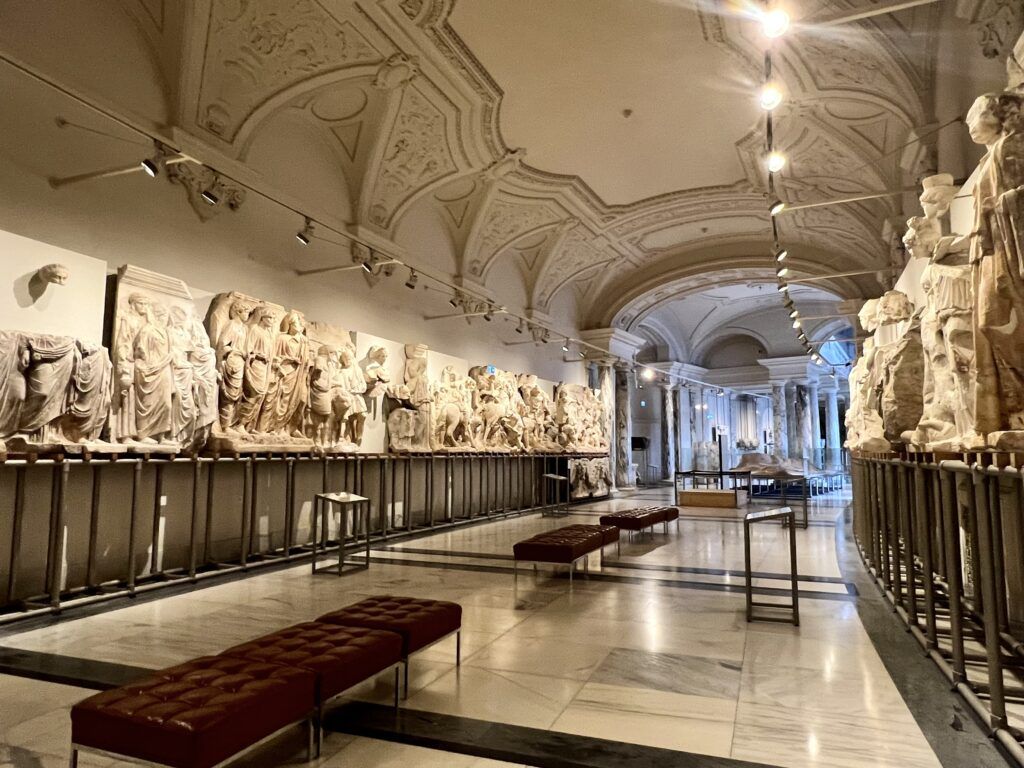
Guide To The Ephesus Museum: What To See
Here are some of the highlights that you can’t miss at the Ephesus Museum.
Frieze of the Parthian Monument
This 130 foot frieze is the most arresting exhibit in the museum. It consists of huge relief panels depicting the Roman victory over the Parthians. It’s one of the most important monuments from Ephesus.
The building was likely a monumental altar, similar to the one at Pergamon, with the frieze running along the first story.
The reliefs depict four Roman emperors from the 2nd century A.D. — Hadrian, Antoninus Pius, Lucius Verus, and Marcus Aurelius. Their presence confirms the monument’s importance.
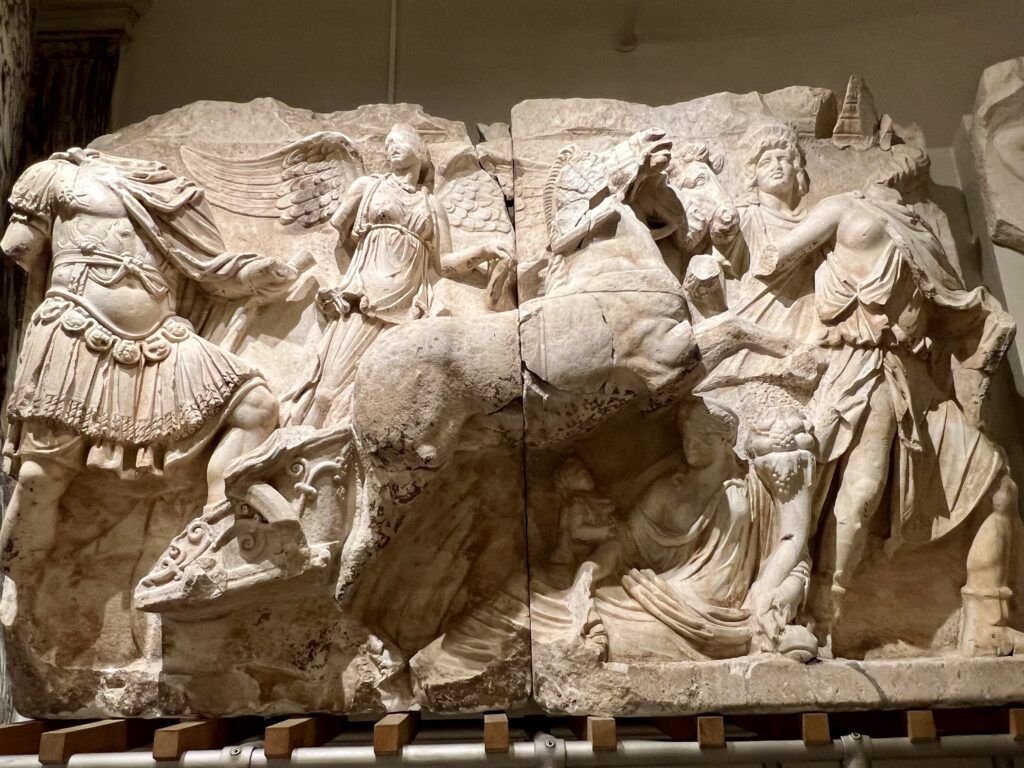
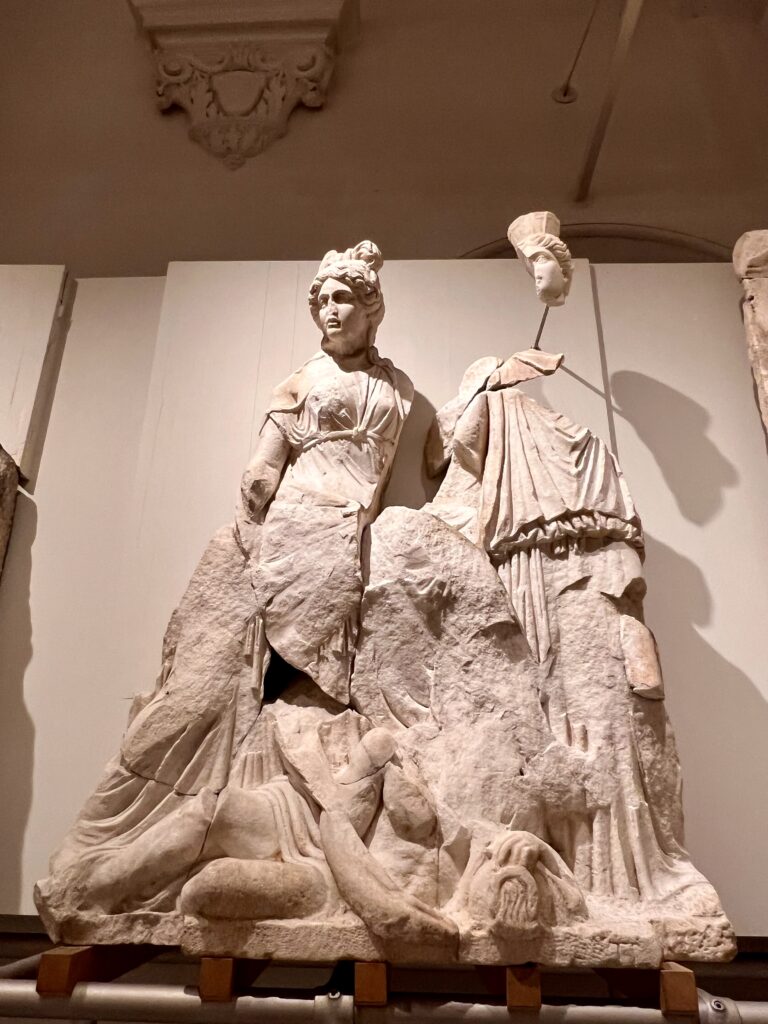
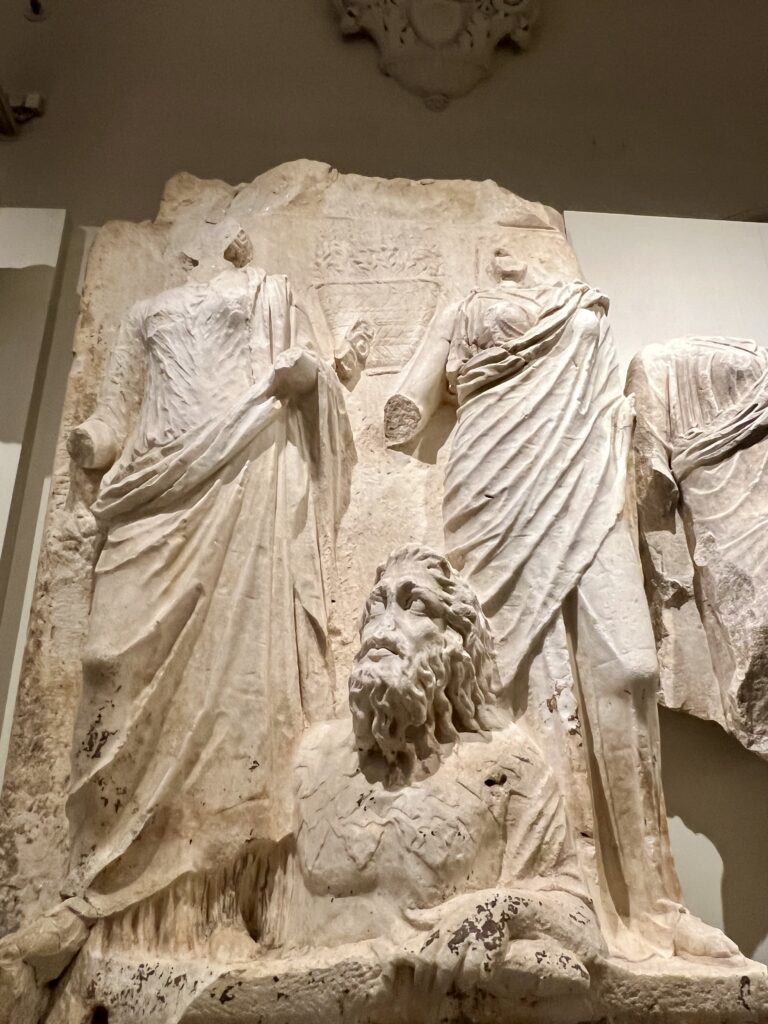
It’s message? That Rome is a stable political empire that vanquishes all its enemies.
You will see battle scenes with horses, a scene where Hadrian adopts his successors, and the “personifications.”
The personifications are a series of tablets featuring female figures. Each tablet represents a city or province of the Roman Empire.
There’s also an assembly of gods, who aided the emperors in their endeavors.
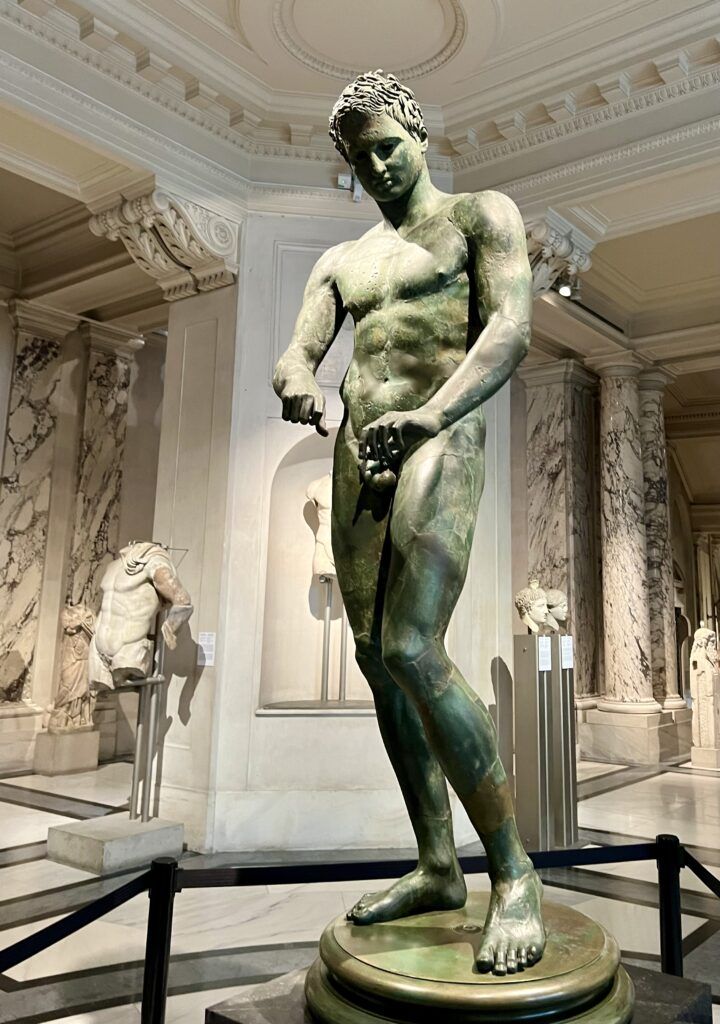
Bronze Statue of an Athlete
This exquisite sculpture, unearthed in 1896 within the gymnasium’s palestra, posed a difficult challenge as it lay shattered into countless fragments. Only the head and shoulders remained intact.
Dedicated efforts were undertaken to meticulously reassemble this masterpiece. Restorers used a unique internal cement bonding technique for its structural integrity.
The sculpture portrays an athlete engaged in the post-exercise ritual of scraping off damp sand and oil. It is believed to be a potential replica of an ancient Greek creation by Lysippos.
Bronze sculptures from antiquity are exceedingly rare, as most were repurposed for weaponry. This particular piece’s survival is owed to its fortuitous burial by an earthquake.
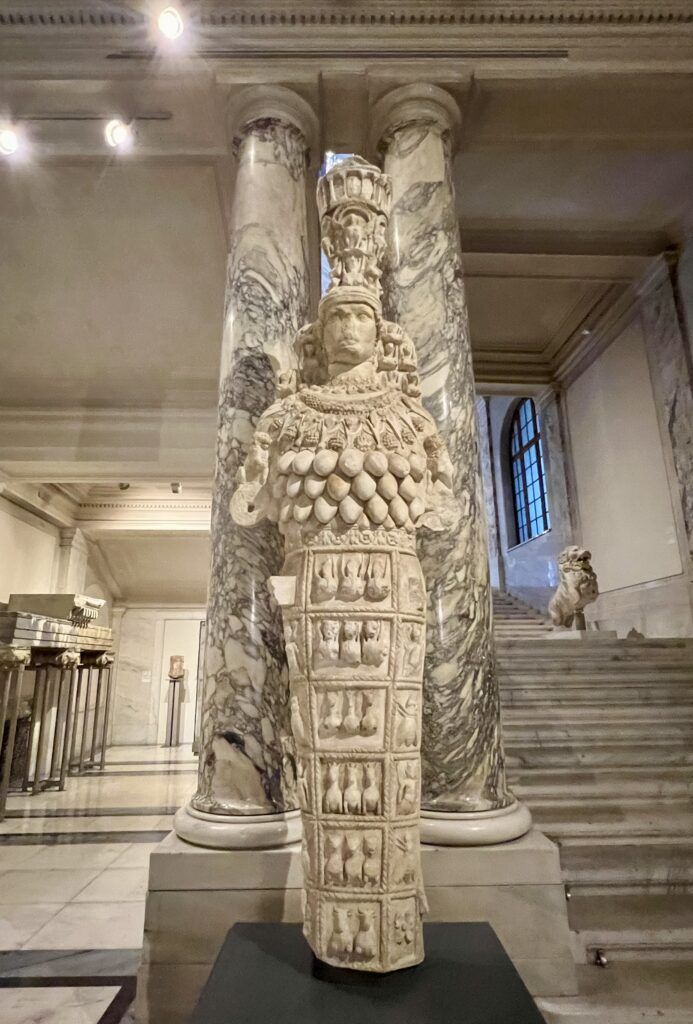
Artemis of Ephesus
This larger than life marble statue depicts the Roman version of the cult image of Artemis, the goddess of the hunt and fertility. For centuries, she was venerated in the Temple of Artemis.
The goddess wears a robe held up by a belt. There are egg-shaped nodular protrusion on her chest, which historians suggest is a sign of fertility. It’s unclear what they are — eggs, breasts, or bull’s testicles.
Rectangular fields below that feature animals and legendary creatures, including bees and sphinxes.
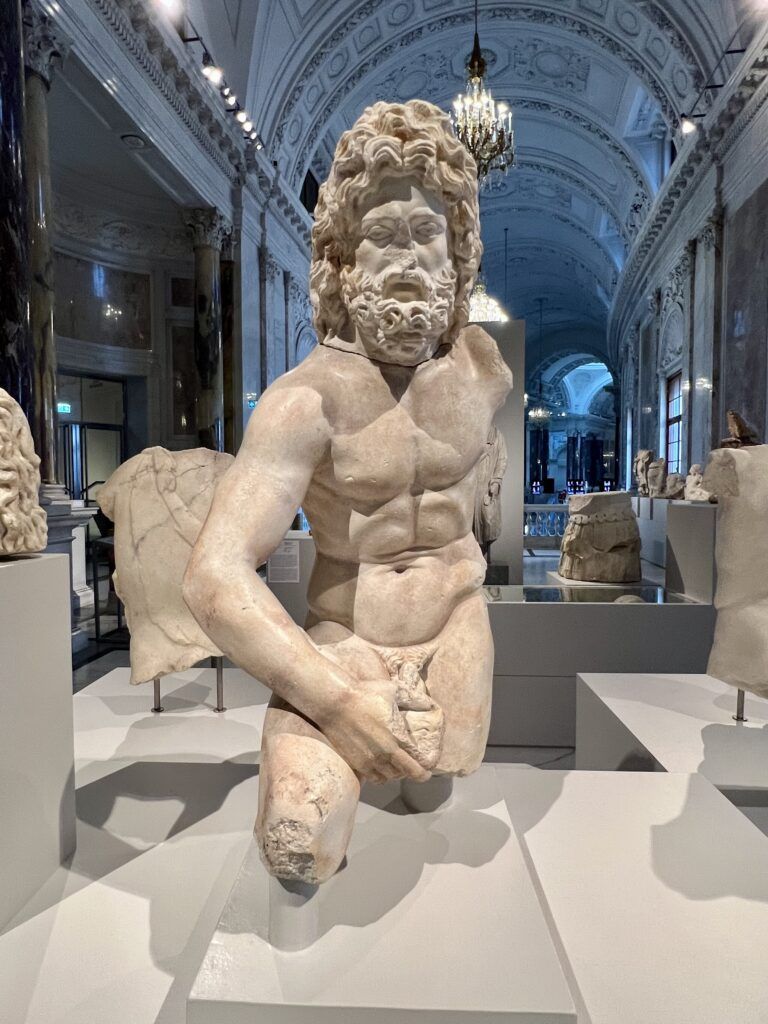
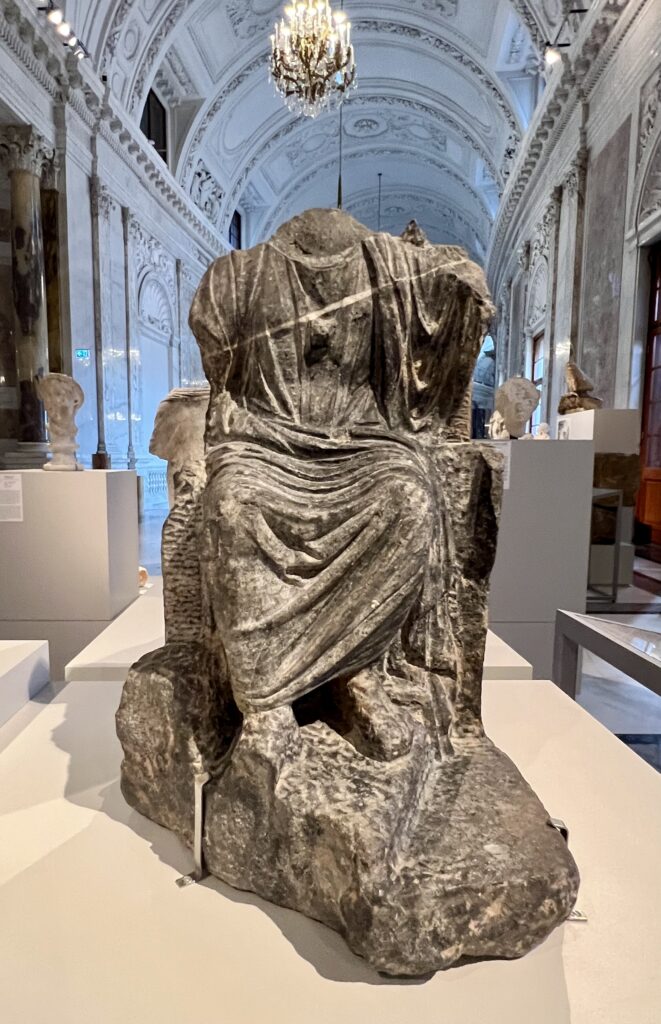
Public Sculpture
Ancient cities like Ephesus had important public spaces. Marble and bronze sculpture played an important part in the interior and facade decoration.
The subject could be almost anything — imperial figures, private figures, mythological figures, and deities.
The museum has a selection of all types. There are sculptures of Apollo, Posideon, Hera, Dionysus, citizens in togas, and Roman emperors.
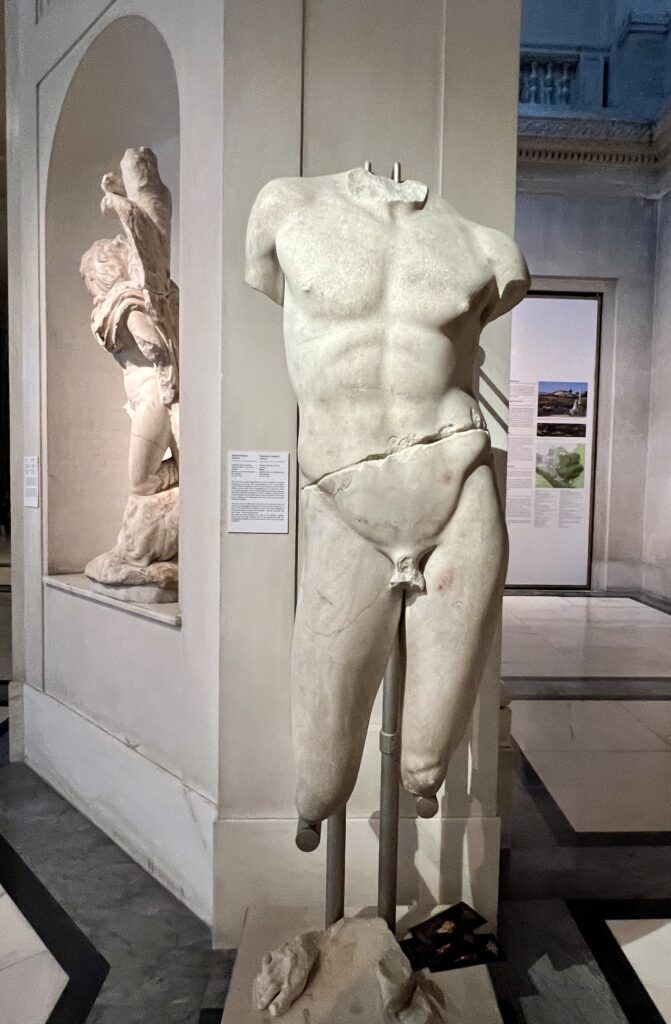
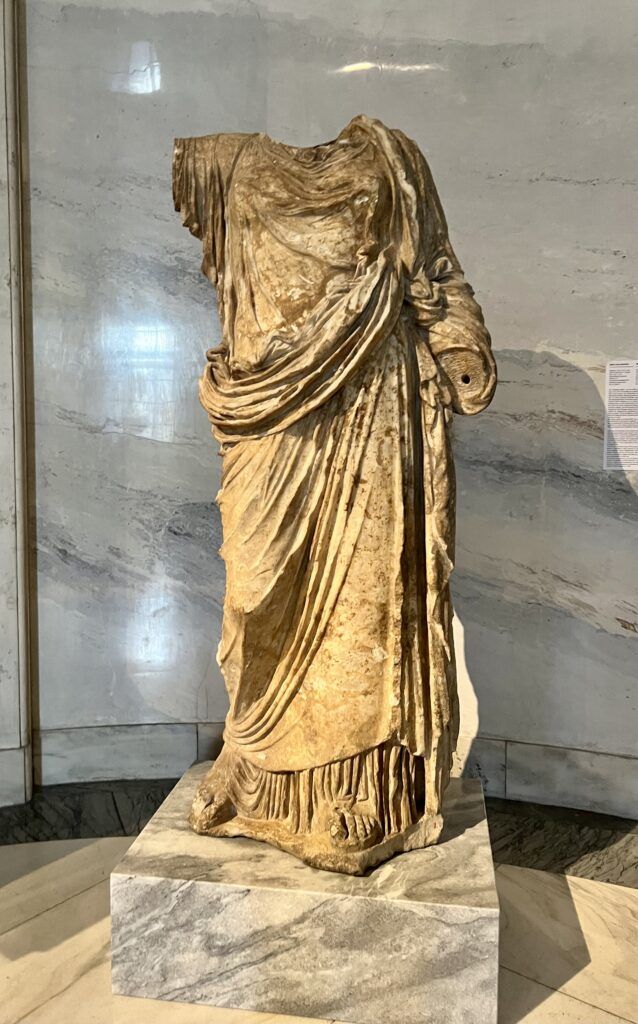
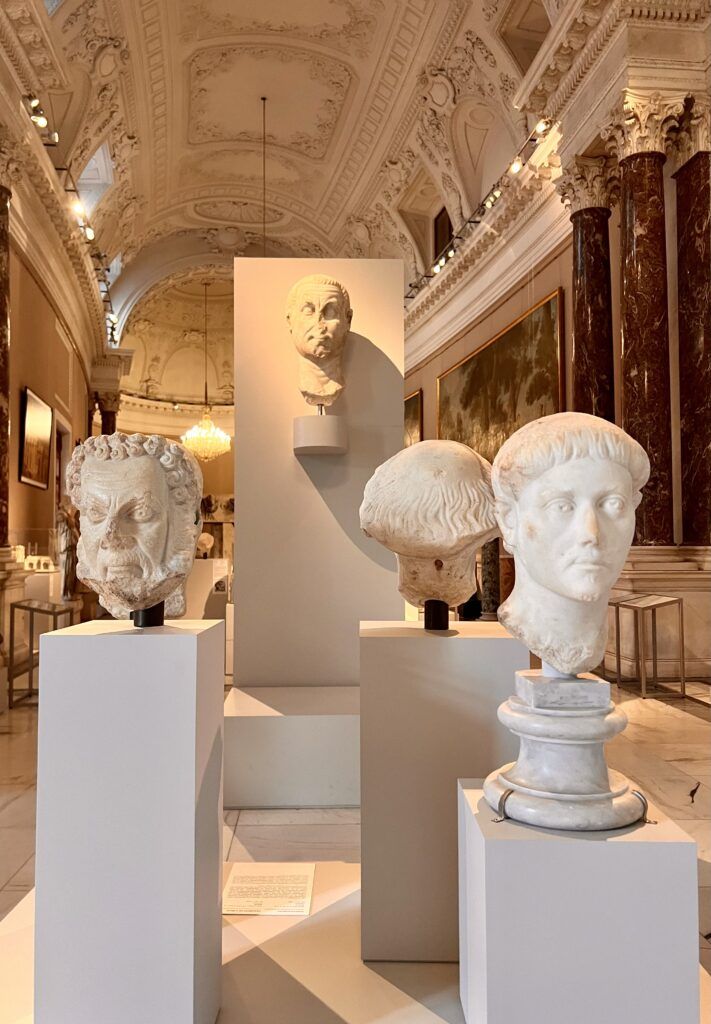
Portrait Busts
In early antiquity, portrait busts were idealized. They functioned as symbols of veneration.
One of the best busts on display is the one of Emperor Hadrian from 120-130 A.D. It well-preserved and has his characteristic curly hair and beard (which he made fashionable).
In late antiquity, ruling elites evolved their own novel forms of expression for self display. They were markedly different than the idealists portraits that were previously popular.
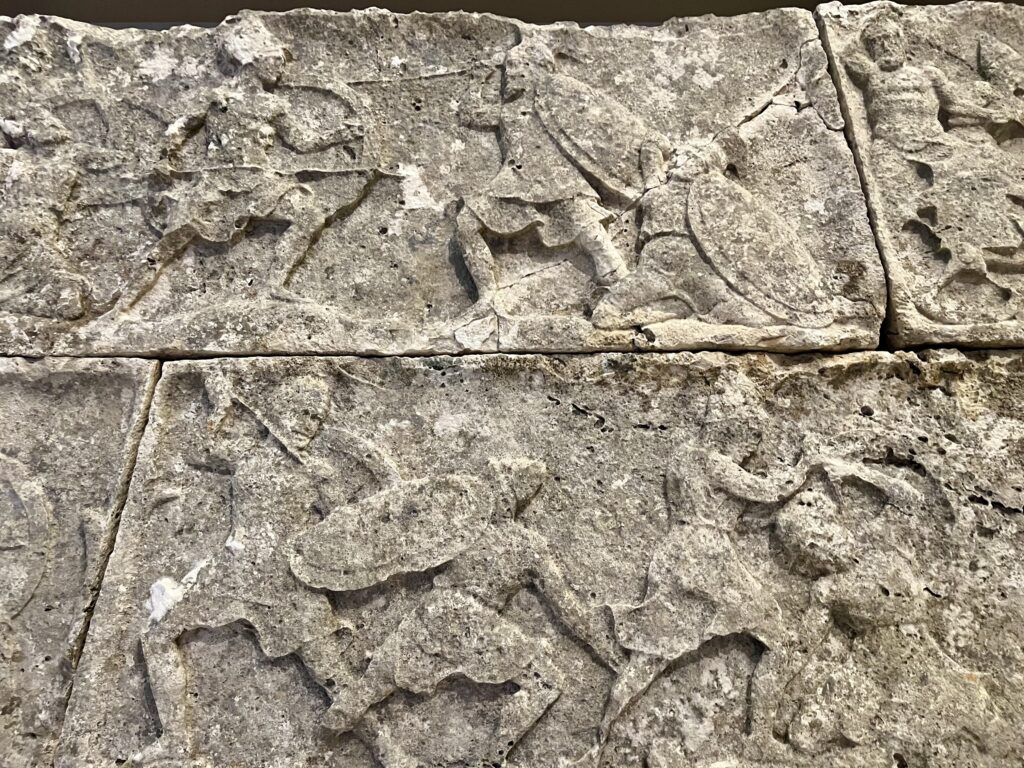
Heroon & Hieron Ruins
A Heroon is an ancient Greek term referring to a shrine or monument dedicated to a hero, often a mythological or legendary figure.
This one in the Ephesus Museum was a tomb of a Lycian sovereign. He had ancient myths and heroic sagas depicted on relief friezes.
The funerary monument was rediscovered in 1881 and the frieze panels were acquired for the imperial collections in Vienna. The museum hopes to have a complete display in a dedicated space in the future.
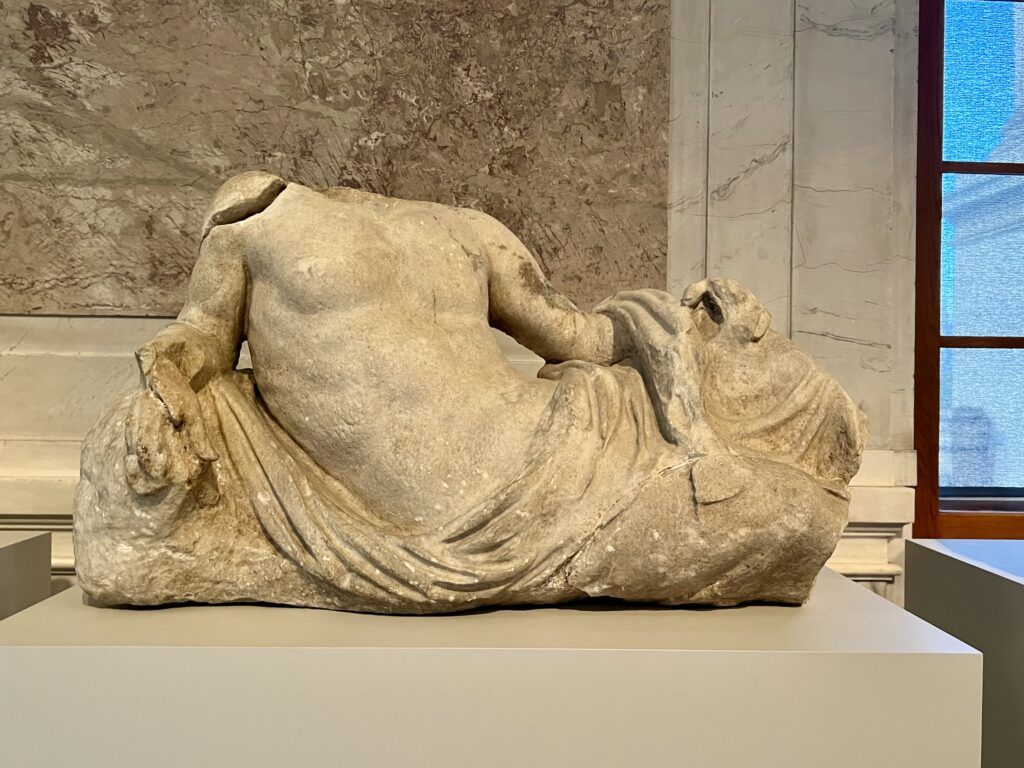
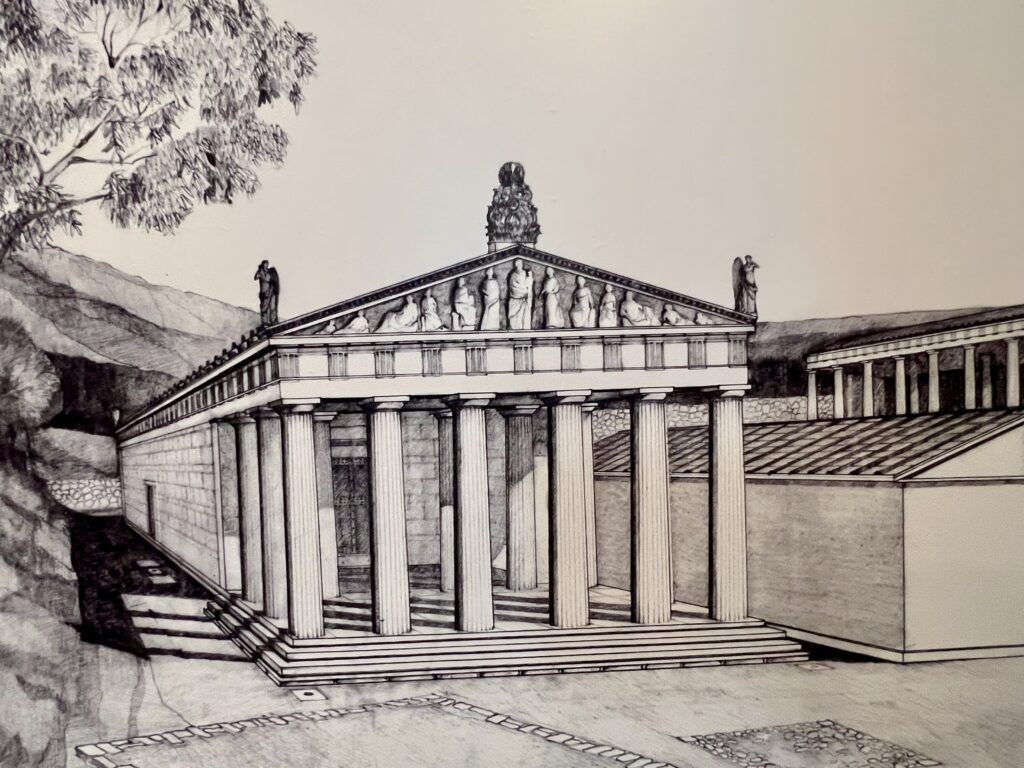
Unlike a Heroon, a Hieron is a broader term used in ancient Greek and religious contexts. It refers to a sacred or holy place, such as a temple or sanctuary.
At Ephesus, the Hieron was the sanctuary’s central building where the initiation rites were celebrated. Some of the temple’s original building components are on show on the Ground Floor.
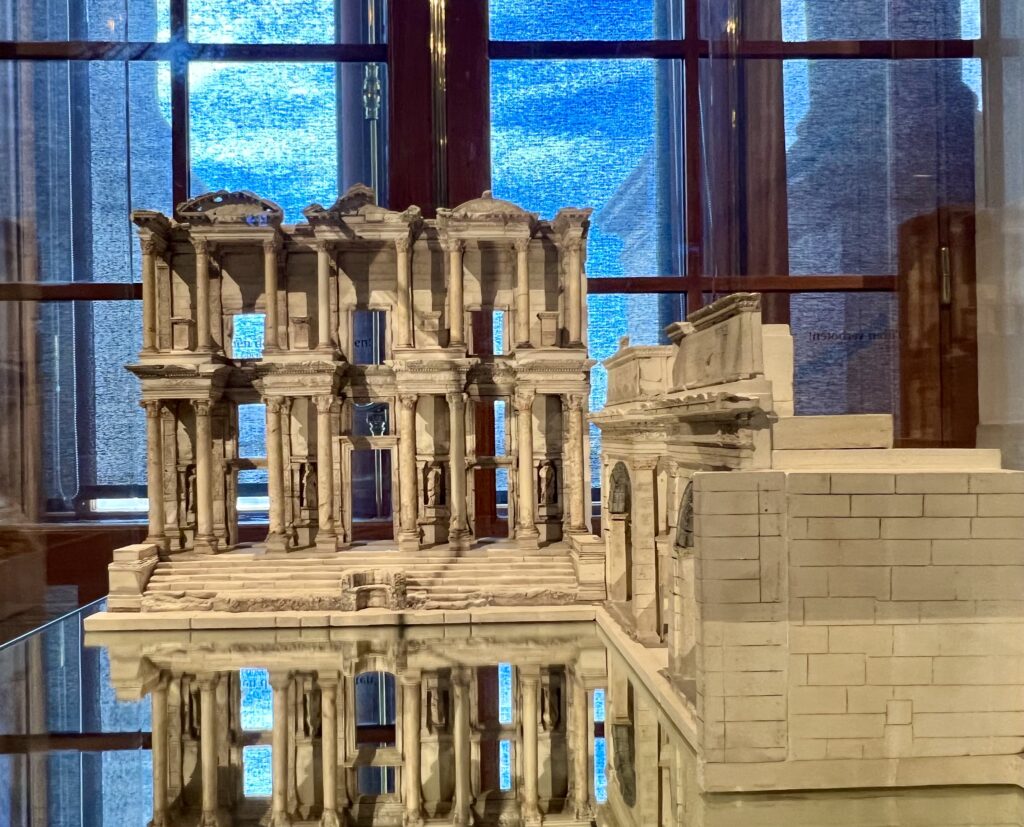
Library of Celsus Ruins
The Library of Celsus is one of the most famous monuments from Ephesus. It once stood on a prominent location at the end of Curetes Street.
It was two stories high and columns made of valuable pavonazetto marble. The library housed scrolls and literary works.
The library was destroyed during an earthquake and abandoned. It was later reconstructed in the 1970s. The museum has sculptures, reliefs, and a segment gable from the library on display.
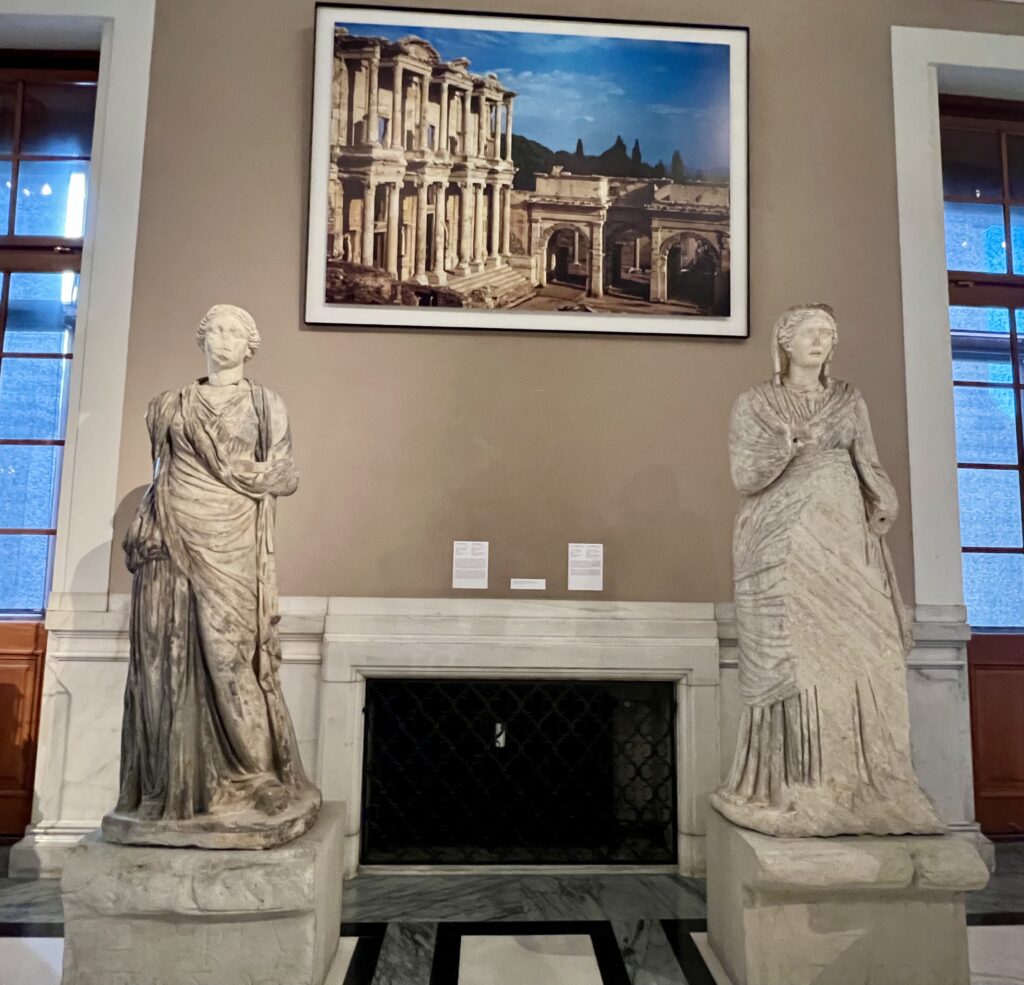
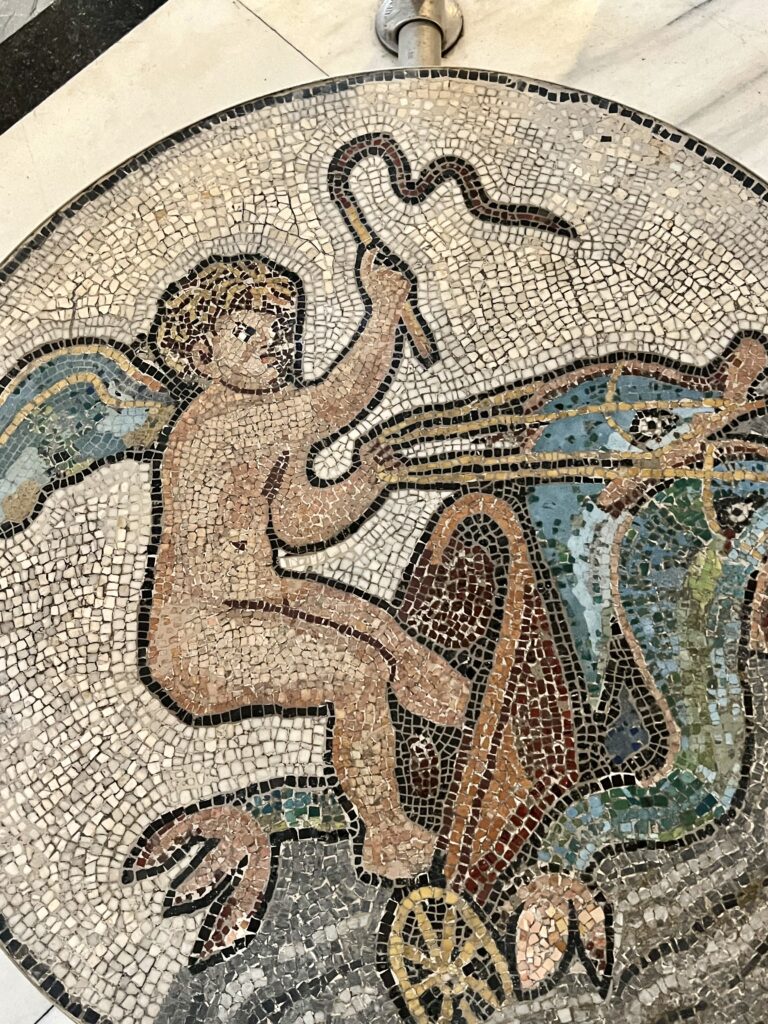
Practical Guide & Tips For The Ephesus Museum
Address: Neue Burg Building, Heldenplatz, 1010 Wien
Hours: Open Tuesday through Sunday from 10:00 am to 6:00 pm. Open Thursday night until 9:00 pm. Closed Monday.
Tickets: € 9
How Long To Spend: I think you should expect to spend approximately 1 to 2 hours touring the museum.
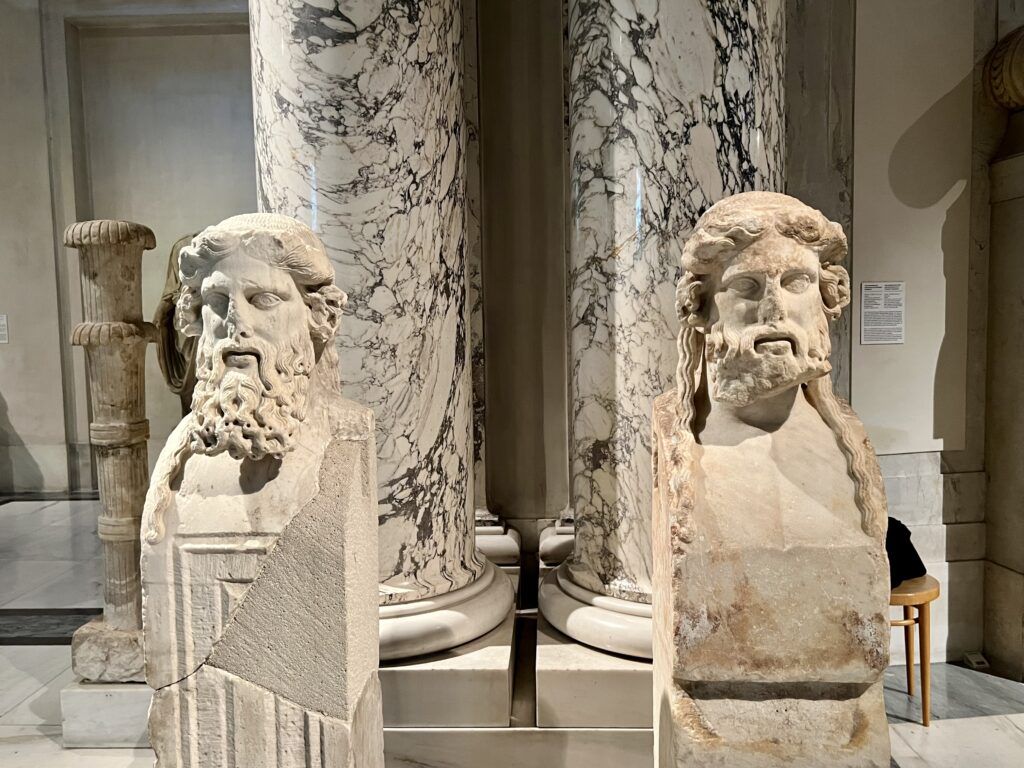
Is the Ephesus Museum Worth Visiting?
The Ephesus Museum is a specialty museum. It will appeal to history and archaeological buffs.
I love archaeological museums, so for me it was well worth a visit. I also had the place to myself, which was fantastic. The museum is definitely a hidden gem where you can escape the crowds of the palaces or the Kunsthistorisches.
If you aren’t into ancient history, the museum is skippable, as there are so many other museums in the city. If you are, and have visited Ephesus itself, this is a great chance to admire antiquities and get a feel for what the ancient city once looked like.
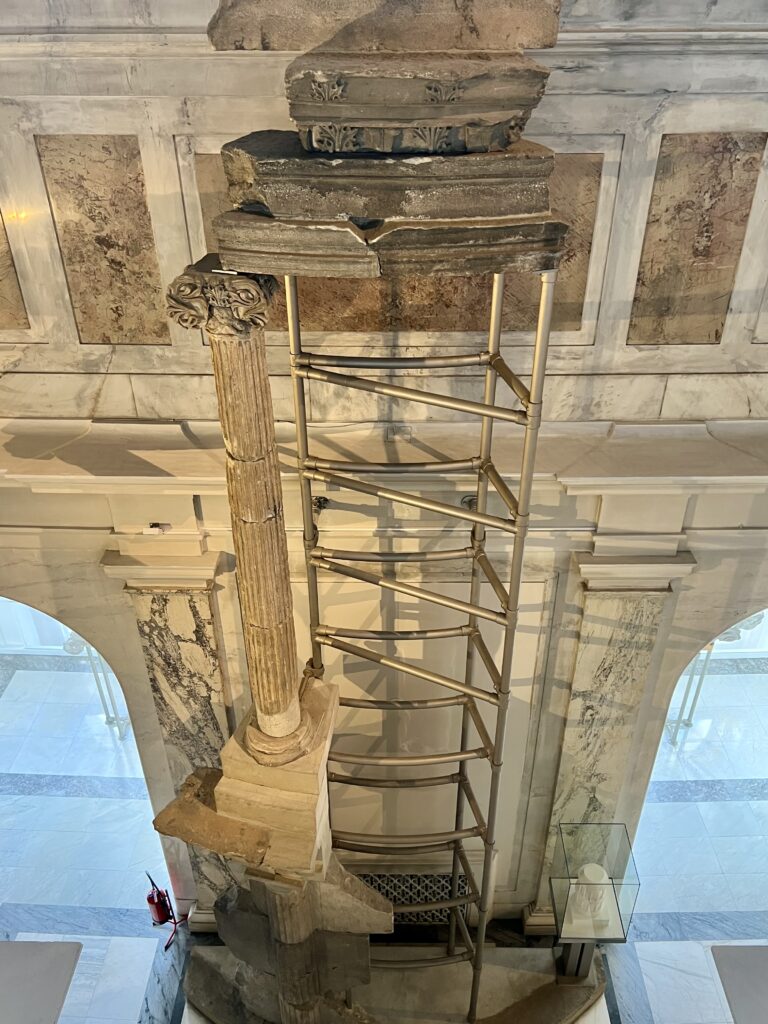
Pro Tips: You’ll have to check your bag in the lockers downstairs. Signage is in both English and German.
I hope you’ve enjoyed my guide to the Ephesus Museum in Vienna. You may find these other Vienna travel guides useful:
- 3 days in Vienna itinerary
- guide to Klimt paintings in Vienna
- guide to the Beethoven trail in Vienna
- what to do in Vienna in winter
- best museums in Vienna
- guide to the Sisi Museum
- guide to the Kunsthistoriches
- guide to the Vienna Secession
- guide to the Albertina Museum
- guide to the Freud Museum
- guide to the Secession Museum
- guide to St. Stephen’s Cathedral
If you need a guide to the Ephesus Museum, pin it for later.

